Guide to Cloth Diapering For Conscious Parents
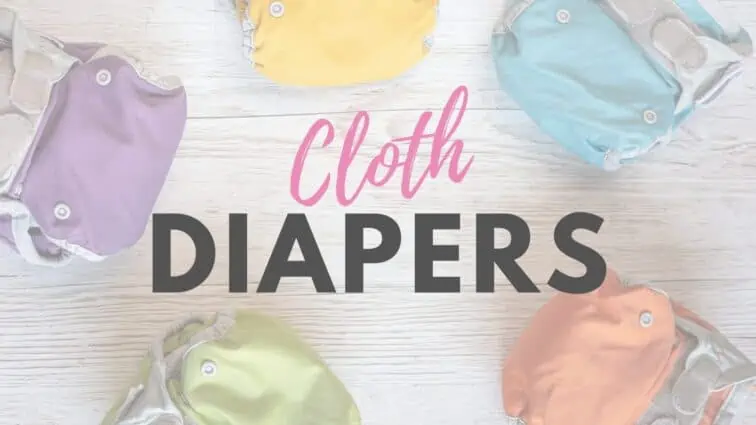

7,000. That’s how many disposable diapers a baby can go through before they learn to use the potty. Whether these single-use diapers are worn for 5 minutes or 5 hours, they all land in the same place: the landfill.
Take a moment to think about how much space 7,000 diapers would take up in a room. A lot, right? Now what if you have two kids, or three? What about all the kids in your family, or in your neighborhood? You can quickly begin to see the vastness of diaper waste in our world.
And of course, most diapers aren’t recyclable or compostable and are made with plastic components that will never fully decompose. All in all, disposable diapering takes a huge toll on our planet. That’s one of the reasons so many parents are turning to a more sustainable option: cloth diapers.
Disposable Diaper Alternatives
- Cloth Diapers – Reusable cloth diapers that are machine washable and can last through multiple babies.
- Elimination Communication – The most sustainable option but also the most difficult. This involves skipping diapers altogether and instead learning to intuitively “sense” when your child needs to go to the bathroom—and physically bringing them to the potty and holding them over it.
- More Eco-Conscious Disposable Diapers – If you’re going to go with disposables, consider looking for options that are sustainably sourced, eco-conscious, and chemical-free.
Cloth diapers have many benefits and relatively few drawbacks. Yes, you need to run the washing machine every couple days. But you will also save thousands of dollars, prevent massive amounts of unnecessary waste, and wrap your babies bum in the most adorable diapers.
Seriously—cloth diapers are so stinkin’ cute these days! I’ve tried out many of the top brands of cloth diapers in order to create this cloth diaper guide. I hope it help you!
Reasons to Choose Cloth Diapers
There are many, but here are some of the most compelling:
- Cloth diapers are far more sustainable than disposable diapers.
- You’ll reduce your use of single-use plastic.
- You’ll prevent massive amounts of waste from entering landfills.
- Once you have your diaper stash, you won’t need to go diaper shopping again, ever!
- You’ll save a ton of money (we’re talkin’ thousands of dollars per kid).
- You can avoid harmful chemicals found in commercial disposable diapers.
- Cloth diapers can help reduce the chance of diaper rash.
- They’re so cute!
The History of Cloth Diapering
Cloth diapers are nothing new. In fact, they’ve been around for centuries. But in recent years they have become a lot more advanced, modern, fun, and user-friendly.
Cloth diapers of the past used to be just that: cloths. They took the form of a rectangular sheet of thick multi-layered cloth that parents would manually wrap around their baby’s booty and bobby pin in place. Those still exist today (I have several), but simpler and more user-friendly options are now exploding in popularity.
Here’s a brief timeline:
- 1800s – Flats (folded sheets of fabric) fastened with bobby pins were used, sanitized by boiling.
- 1940s – Diaper services started
- 1946 – Waterproof diaper covers were invented (to go over flats—and later prefolds—to create a waterproof exterior)
- 1950 – Prefold diaper was invented (a simple fabric flat diaper that was pre-folded and sewn together)
- 1987 – The popular “Snappi” diaper fastener was invented (used in place of bobby pins to fasten flats and prefold diapers)
- 1990s – First mail-order cloth diapers were sold
- 1999 – Adjustable one-size cloth diapers became available
- 2000 – Pocket diapers were invented (diapers that can be stuffed with cloth inserts)
- 2007 – Double inner gussets were invented (to prevent leaks)
Today there are more than 10 main varieties of cloth diapers, varying from simple cloth fabric “flats” you secure under a diaper cover to adjustable one-size all-in-one diapers. There are diapers with snaps and other with easy-to-use velcro, diapers with sewn-in absorbent layers, and “pocket diapers” you can manually stuff yourself. We’ll go into the main options below and share which are our favorites, and why.
What You Need to Start Cloth Diapering
Before we dive into the different styles of diapers you can choose from, let’s take a moment to review what you’ll need to cloth diaper your baby. If you thought it would be as simple as buying your chosen brand of cloth diapers—unfortunately it’s not that simple. There’s a lot to consider before you choose the cloth diaper style that’s right for you—such as the additional supplies you’ll need to cloth diaper effectively. Here are the basics:
- A Collection of Cloth Diapers (I recommend getting around 25-30—keep reading to determine what type is best for you)
- Extra Cloth Diaper Inserts (As your baby gets bigger and pees more, you’ll likely need to add additional absorbent padding in the diapers to prevent leaking. Pre-folds work for this as well, and can also double as burp cloths and general cleaning cloths)
- Cloth Wipes (I use these, which are my favorites, and these, which double as baby washcloths. I recommend getting at least 60 total. We use them for everything. Wash and dry them several times before use so they will be absorbent.)
- A spray bottle for wetting your cloth wipes. (I repurposed my plastic perineal bottle I got from the hospital for this and it works perfectly! Plain water is recommended rather than solutions.)
- Diaper Pail (make sure it’s odor-locking)
- Hanging Wet Bag (My diaper pail fills up before I’m ready to do laundry, so I have an additional wet bag where I put surplus dirty diapers.)
- Portable Mini Wet Bag (Pack this in your diaper bag whenever you leave home—you’ll put dirty diapers in this wet bag when you’re on the go)
- Stainless Steel Diaper Sprayer (This attaches to your toilet and you’ll use it to spray the poo off diapers. Good news: you won’t need this while you’re exclusively breastfeeding, only when you start introducing solid foods or formula.)
- Vegan Cloth-Diaper Friendly Laundry Detergent (I use Country Save—it’s vegan, natural, and safe for babies and cloth diapers. Plus, it’s a powder rather than liquid so it’s not packaged in plastic.)
- GroVia Laundry Treatment (I use this while washing my diapers every few weeks for a deeper clean. It’s specially formulated for cloth diapers.)
- Diaper Drying Rack (Even if you’ll be putting your cloth diapers in the dryer, a drying rack is handy for “sun bleaching” your diapers which keeps them looking white and new just by letting them sit out in the sun.)
If this seems overwhelming, remember that once you invest in these things, you’ll be totally set for your entire diapering journey. No need to continuously buy disposable diapers and wipes every few weeks. No need to lug plastic bags stuffed with poopy waste out to the trash every few days. Just a thoughtfully curated cloth diaper collection that you’ll use for years to come.
Cloth Diaper Brands
Here are some of the most popular brands out there. Which one(s) will work best for you and your baby depends on a lot of factors that we’ll get into below. But do keep in mind that every baby is different, and no matter how much research you do, you won’t know what will work the best for your baby until you actually try them.
- Mama Koala (my fave pocket diapers with snaps, great quality, affordable, and tons of cool designs)
- Bambino Mio (my fave all-in-one diapers with easy velcro closure, great quality)
- GroVia (I like these a lot—they have several styles)
- Thirsties (great diaper covers if you’re going with prefolds)
- G-Diapers
- Charlie Banana
- Green Mountain Diapers (they sell lots of diapers, prefolds, and other supplies)
- BumGenius
- AlvaBaby
- Nora’s Nursery (I had lots of leaks withe these until I started double-stuffing them)
- Independent Makers (like Little Moon, found on Etsy and beyond)
My personal favorite brands right now are: Mama Koala and Bambino Mio. I also use extra inserts from various brands to “double-stuff” the diapers for nighttime.
Note for newborns: You’ll need specific newborn cloth diapers if you intend to start using cloth diapers as soon as your baby is born, as most one-size cloth diapers won’t fit babies until they are one or two months old.
Choosing Your Cloth Diapers
When my husband and I decided we were going to use cloth diapers, my assumption was that the easiest way to do this would be to get our entire diaper stash from a single brand to keep laundry and diaper assembly as simple as possible. But instead I got a wide variety of brands so that I’d be able to write this guide and report on my favorites—and I’m so glad I did.
What I found was that while some brands worked the best during a particular stage of my baby’s growth, others worked better during other stages. I was glad to have multiple options so that I could prioritize the most effective leak-proof diapers when they were needed most, and use the others when I was home and able to change outfits easily—with every diaper change, if needed.
That said, there are some brands of cloth diapers I purchased that have never worked well in any stage—they’re leak city. Not fun. If I had ordered my entire collection from that brand, I’d have given up on cloth diapers completely long ago.
To help you decide which types of diapers to go with, I’ll share benefits and drawbacks to several of the options.
All-In-One vs. Pocket Diapers
All-in-ones and pocket diapers are both popular options today (and favorites of mine) for a simple one-wear-one-wash experience. Once worn, the whole diaper goes in the diaper pail just as disposables would. This is a very attractive option for busy parents trying to make diaper changes as quick and easy as possible.
All-in-one diapers are extremely convenient because they have the absorbent layer(s) attached, usually sewn in, but sometimes attached with snaps. The disadvantage of these diapers is that they’re less customizable (you don’t have the option of stuffing in additional absorbent layers) and they often take a bit longer to dry.
Pocket diapers are great because you can stuff them with one or more layers of absorbent inserts, and they have a stay-dry lining that keeps baby from feeling like they’re sitting in their own pee! The disadvantage of these is that you have to “un-stuff” them before washing, which involves touching the soiled diaper inserts.
Velcro vs. Snaps
Cloth diapers with snaps generally last significantly longer than those with velcro closures, but many find velcro closures far more convenient. Many brands offer both options, and which you choose is completely based on personal preference. I have some of each and love them both. You can see the pros and cons of each below.
Velcro pros:
- Quick and easy to put on your baby and close
- Can be adjusted for a perfect fit around your baby
Velcro cons:
- The velcro can stick to things in the wash if you don’t close the velcro tabs properly
- They don’t last as long (especially important if you plan to use them for multiple children or want to sell them when you’re done)
Snap pros:
- They are long-lasting (the snaps shouldn’t wear over time)
- Most diapers have many snap locations so you can get a good fit
Snap cons:
- They can be hard to close (if you have arthritis or an elderly grandparent who will be caring for your child, avoid these)
Favorites Go Head-to-Head: Bambino Mio vs. Mama Koala
Below you’ll see the pros and cons of my two favorite cloth diaper brands. As you’ll see, there is no single best option to choose, rather, it depends on how you’ll be using them and your personal preferences.
Bambino Mio Pros:
- Super high-quality
- Easy closure velcro
- The inserts are attached to the pocket diaper so you’ll never lose them in the laundry!
- Awesome eco-conscious company—very active brand attentive to their customers
- They also have other adorable products like swimwear, swim hats, and dry bags
Bambino Mio Cons:
- You have to dig your fingers into the soiled diaper to pull out the insert more than in other diapers because of how it’s attached and stuffed into the pocket. If touching pee makes you squeamish, these may not be for you.
- More than twice as expensive as the Mama Koala diapers.
- Since they use velcro closure, they may not hold up as long as snaps.
Mama Koala Pros
- Super affordable—less than $10 a diaper!
- Adorable designs!
- The inserts are easy to pull out for washing.
- You can stuff the pocket with multiple absorbent inserts.
Mama Koala Cons
- The snap closures may be difficult to use for anyone with arthritis or aging hands.
- They come in packs of 6, so you can’t mix-and-match your favorite designs.
- They have a million designs but many are out of stock and it’s hard to figure out where to buy them.
Should You Cloth Diaper Your Newborn?
Newborn babies are so tiny that they won’t fit in one-size diapers that are meant to last until kids graduate from diapers completely. My baby was just over a month old before he started using his one-size diapers.
I decided to use cloth diapers when my baby was just a few days old—and that meant I needed a supply of newborn cloth diapers. However, babies outgrow their newborn everything (clothes and diapers) crazy-fast. So many parents choose to use disposable diapers for the first month or two of life, before transitioning to one-size diapers. I think this makes a lot of sense, especially because that first month can be particularly challenging, and anything you can do to make life easier is helpful.
You also use newborn diapers for such a short period of time that you won’t save all that much money (if any) compared to the one-size diapers which will save you thousands of dollars.
The one thing I liked was getting into a cloth diapering and wash routine right from the start, so I didn’t have to build new habits a few months in.
Newborn Cloth Diaper Options:
Here are a few of the options I enjoyed for newborns. Buyers beware: I purchased some really cute cloth diapers on Amazon and they were terrible, they leaked every single time. Try these instead:
- West Coast Dipes (my favorite!)
- GroVia
- Charlie Banana
- Prefolds + snappi closures + Thirsties diaper covers
Used Cloth Diapers
One of the wonderful things about cloth diapers is that most are built to outlast one baby. Because of this, you can buy, sell, trade, pass down, or donate used cloth diapers. You can usually find great collections of cloth diapers on Craigslist and other similar sites. There are also lots of Facebook groups dedicated to diaper swapping.
Do note, however, that cloth diapers do wear out and become less effective over time. For instance:
- Elastic can lose its stretchiness (especially around the legs)
- Velcro can stop working well
- The waterproof lining of diapers can wear down
There comes a time when cloth diapers are no longer useful. So make sure to ask these questions when you’re buying cloth diapers secondhand:
- How many previous babies have worn them?
- Is the velcro in good shape?
- Have the diapers been well cared?
- Is the waterproof lining still fully intact and functioning?
- Is the elastic still in prime condition?
How to Cloth Diaper
Prep Your Changing Table Diaper Station
Have everything you need? Now it’s time to set up your diaper station! I set up a changing table on top of a dresser in my baby’s nursery. I keep all his “active” cloth diapers in a single drawer, and extra inserts, and liners in another drawer. I’ve always got my cloth wipes folded in two stacks by the changing table, along with water to moisten your cloth wipes (to create DIY wet wipes). You can use a spray bottle, but I actually repurposed the plastic perineal bottle they gave me at the hospital after delivery, and it works perfectly.
Prep Your Diapers
Prepping cloth diapers means washing and drying them several times (3-5 times ideally) before use. Natural fiber diapers (and inserts) need to be “prepped” before use in order for the material to be most absorbent and effective.This removes the oils and waxes that are naturally found on the plant-derived fibers that prevent the fabric from absorbing liquid.
What happens if you don’t prep your cloth diapers? Simple. They are much more likely to leak. I speak from personal experience. I washed all my cloth diapers before using them—but only once. At first they all leaked, but after a few rounds in the wash, they started working much better. Do yourself a favor and prep your diapers before your little one is born so they’re all ready to go!
How to Wash & Care For Cloth Diapers
How you wash your cloth diapers will depend on your washing machine. Top-loading machines are best for cloth diapers, and front-loading high-efficiency machines are said to be the worst. I have the latter; and before I started using cloth diapers, I was worried that would be my dead end. But don’t worry, no matter what type of washing machine you have, you can make it work, it may just take longer or require some extra cycles.
When to Use a Diaper Sprayer
One of the beautiful things about exclusively breastfed babies is that their poop is water soluble, so you don’t need to rinse it off the diapers. You can just toss the whole thing in your diaper pail and dump them in the wash every couple days. However, once your baby starts eating solids (or drinking formula), you’ll need to pull out the diaper sprayer (which attaches to your toilet similar to a bidet) and hose off the poo.
A Basic Cloth Diaper Wash Routine:
- Remove the soiled diaper from your baby, un-stuff it if necessary, and make sure any velcro tabs are folded in so they don’t snag in the laundry.
- Toss wet diapers into your diaper pail. If your baby is eating solids or drinking formula, first use a diaper sprayer to remove any poo from diaper and then toss the wet diaper in the diaper pail.
- Wash every two days. Some people wash their diapers every single day, but I personally wash mine every 2-3 days.
- Add a thick bath towel in the washing machine with the soiled diapers so they get well agitated. Don’t over-stuff your washing machine—the diapers need room to move around to get clean.
- First, run a rinse cycle with cold water and without detergent, using your washer’s highest water level.
- Next, run a regular cycle using diaper-friendly detergent (I recommend this one) with warm water, again using your washer’s highest water level.
- If you’re using a front-loading high-efficiency machine, or you sense that your diapers aren’t as clean as you’d like, run a rinse cycle (again using your washer’s highest water level). This will help ensure that all the soap is rinsed away. If needed, run a forth rinse cycle.
- Hang diapers to dry in the sun or dry them in the dryer.
Hang-drying your diapers will extend their life; but don’t let that scare you away from using the dryer if you don’t have the time or energy to hang-dry. I use my dryer most of the time.
Every few weeks, run an extra cycle using GroVia’s Might Bubbles to give your diapers a deeper clean.
How to Prevent Cloth Diaper Stains
Got diaper stains? Don’t worry! One of the coolest tricks you’ll discover is “sun bleaching.” It’s magical. Take your clean, stained diapers, wet them thoroughly, and place them in the sun for several hours. You’ll see even the most atrocious stains fade or even disappear altogether.
Troubleshooting Your Cloth Diapers
“My diapers always leak—help!”
- Have you prepped your diapers and inserts (washed and dried them several times before use)?
- Try adding more absorbency by adding another layer of cloth in the diaper.
- Give more absorbent materials like bamboo or hemp inserts a try.
- Try adjusting the fit to make sure it’s snug enough to prevent leaks.
- Try changing your baby more frequently.
- Check the laundry detergent you’re using and make sure it’s cloth diaper-friendly. Dome detergents can leave oils or other substances on the diapers that are moisture wicking and prevent absorption.
- Try using GroVia’s Might Bubbles during a laundry cycle to give your diapers a deeper clean
- Try stripping your diapers to “reset” them.
- If those don’t work, try a different brand or style of cloth diaper.
“My diapers are stained—help!”
Why you diapers aren’t trying to win a fashion show, it can still be a bummer to see your adorable cloth diapers stained with evidence of messes from the weeks before. Not to worry! A sun bleaching session should clear that right up. Wet the diaper and lay it out in the sun for a few hours, stain facing up. Watch as it magically disappears and your diapers look like-new again! So very satisfying.
“My diapers still stink after I wash them!”
- Try adding another rinse cycle at the start or end of your usual wash cycle. I do this often.
- Try using GroVia’s Might Bubbles during a laundry cycle to give your diapers a deeper clean.
“I really want to cloth diaper but my partner doesn’t want to.”
It’s quite common for one partner to be really gung-ho about cloth diapering, and the other to be wholeheartedly opposed. When I first approached my husband with the idea of cloth diapering, he looked at me with those big pouty “please god no” eyes. Luckily I had already heard from many people whose skeptical partners ended up liking the experience of cloth diapering and realizing it’s no big deal. I reassured him of that, and agreed that I would do the laundry and take on the diaper assembly responsibility, and that he would give it his best shot with an open mind and positive attitude. 6 months in, and all is going great! He’s now very supportive and changes nearly as many diapers as I do.
Be considerate of your partner. It never feels good to be forced or cornered into doing something you don’t want to do. Instead of just calling the shots, involve your partner in the decision making process. Let them know how important this is to you, and why, and ask them to support you and at least give it a shot for a few months.
More Vegan Parenting Resources:
Photos by Lauren Alisse Photography, Michelle Cehn, and Canva.com. This Vegan Cloth Diapering Guide is not sponsored by any of the brands or companies mentioned, and we only share products and companies we sincerely adore. This article does contain affiliate links, and shopping through these links supports World of Vegan. Thanks so much, and we wish you all the best in your diapering journey!

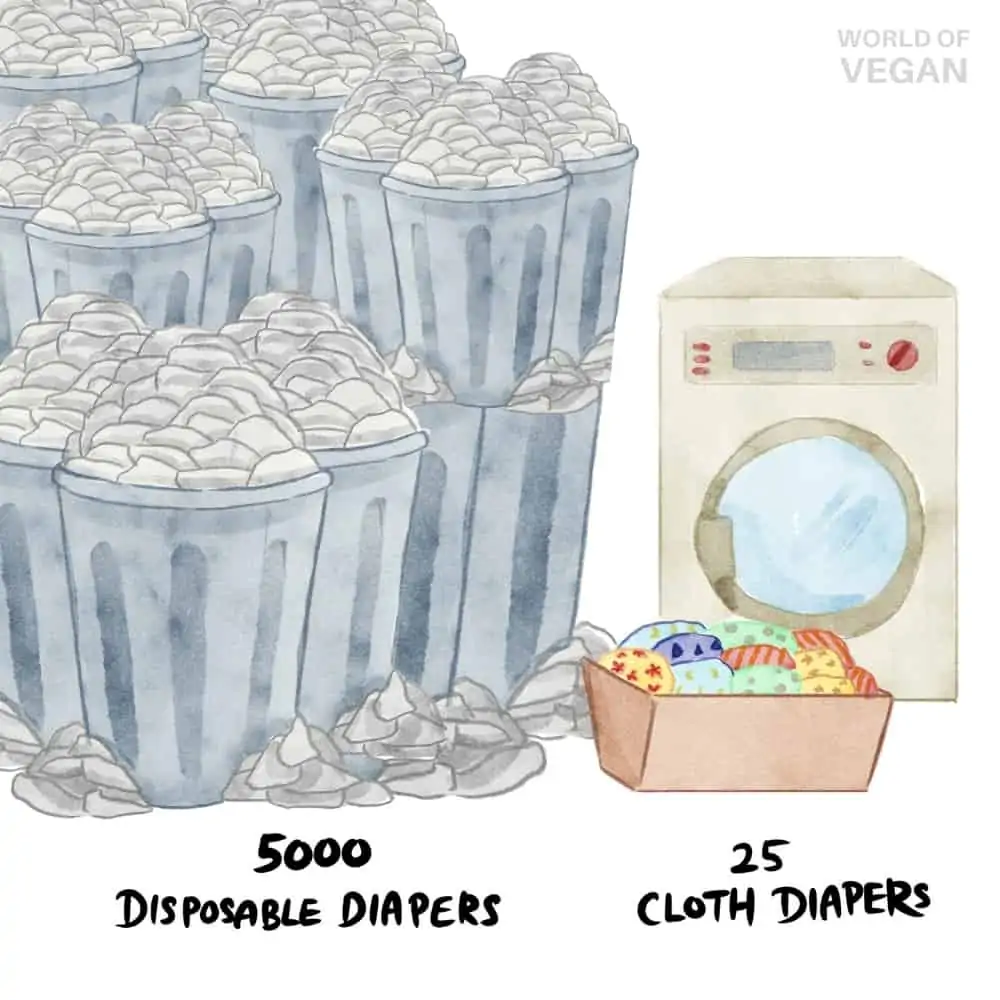
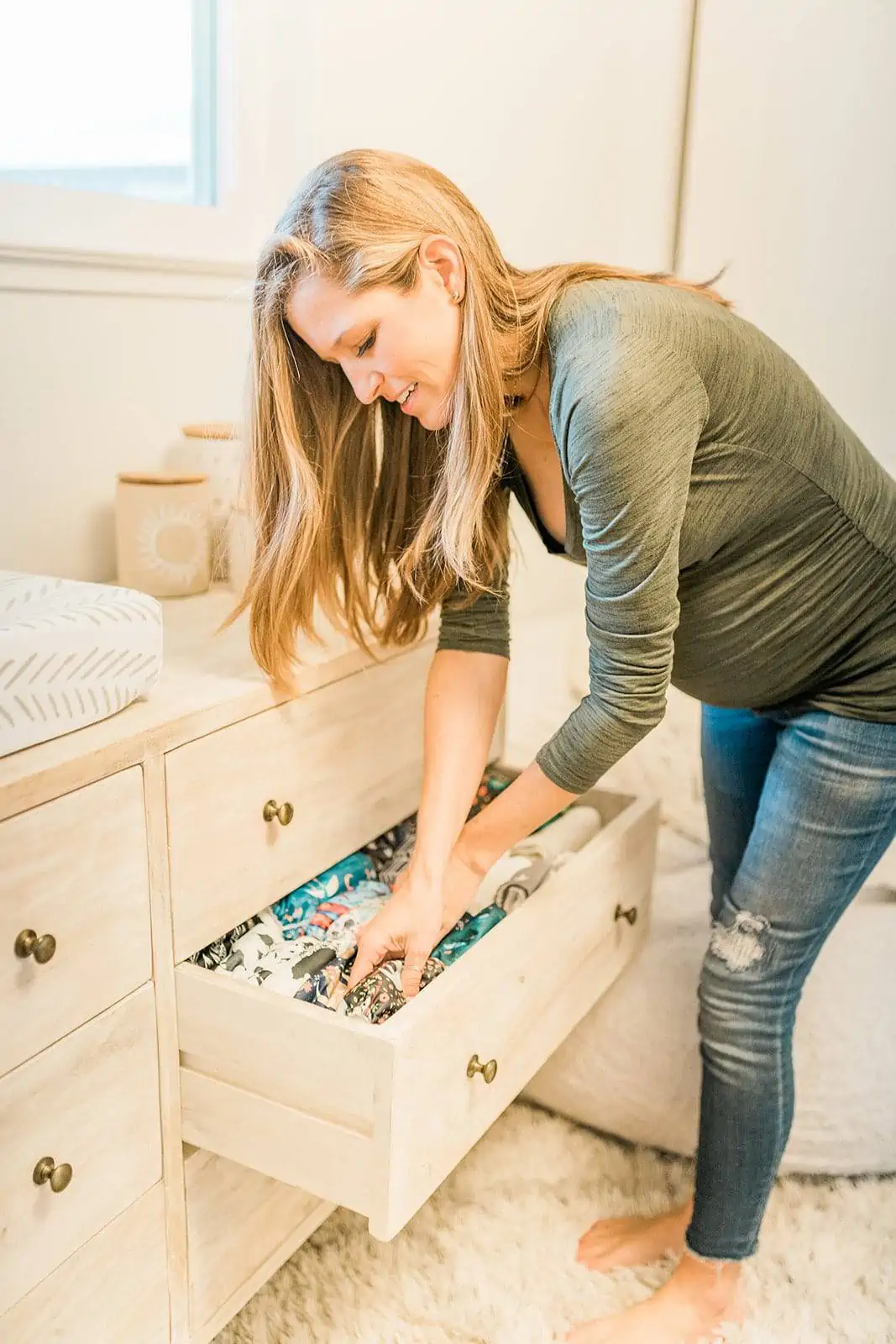
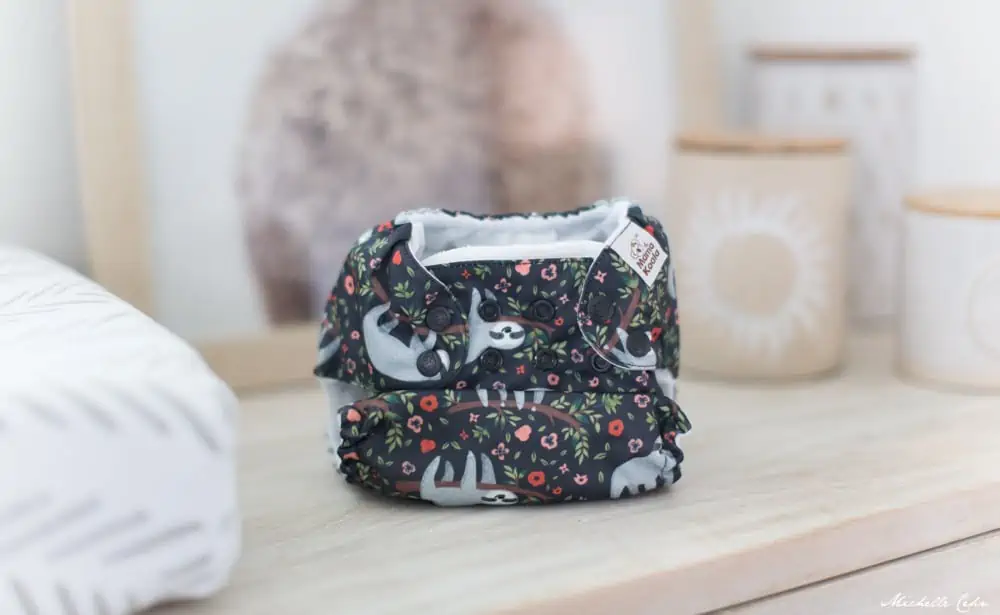
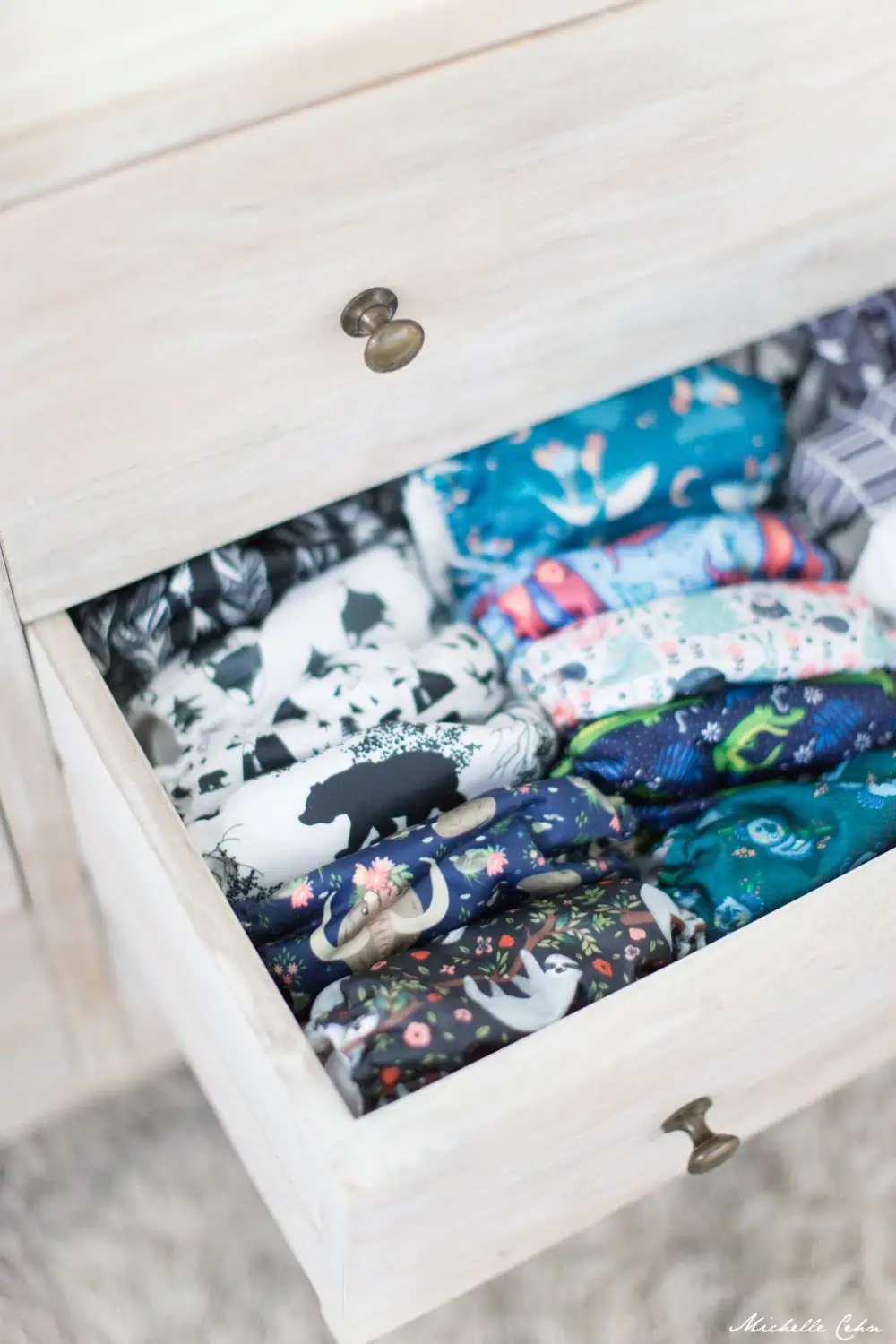
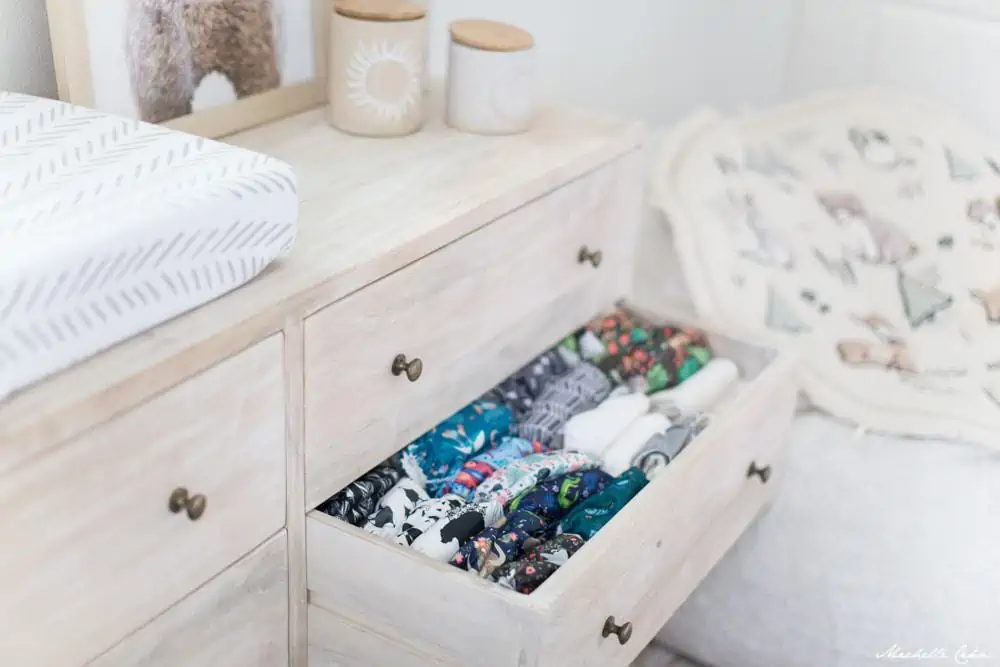
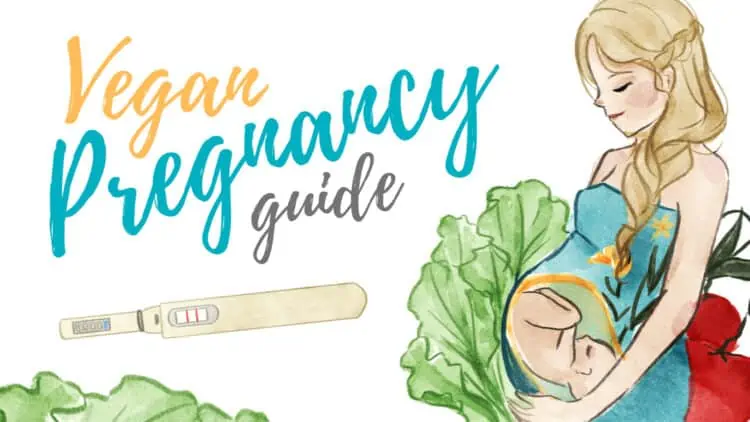
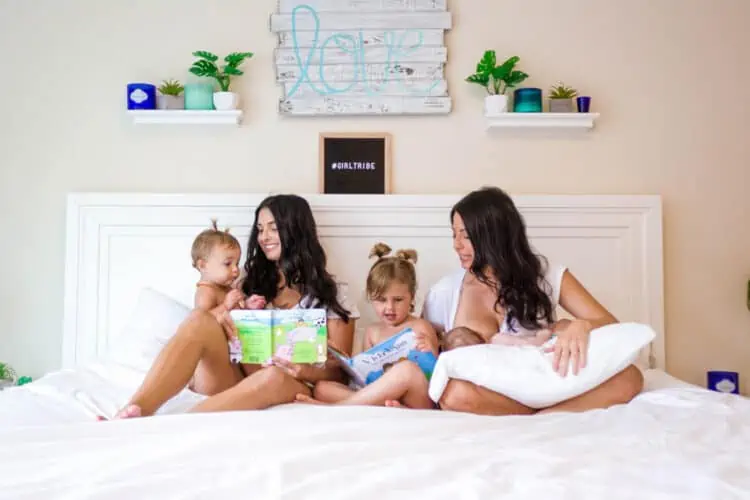
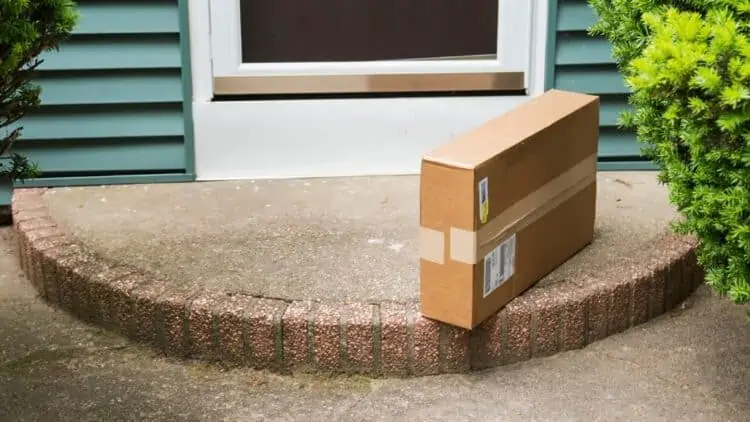
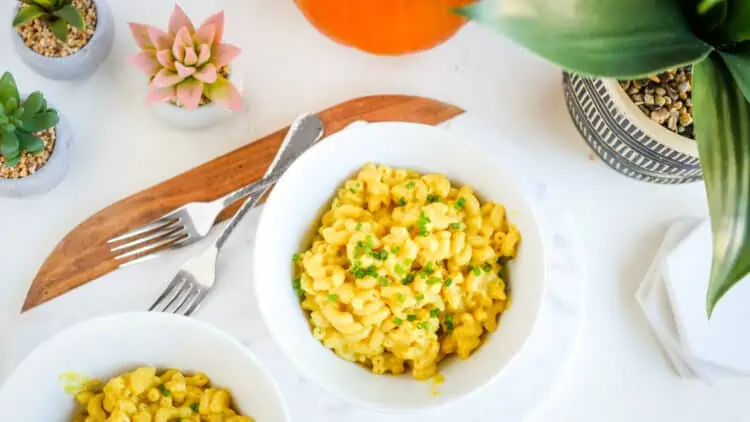

Leave a Comment